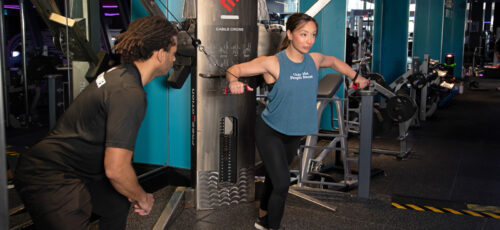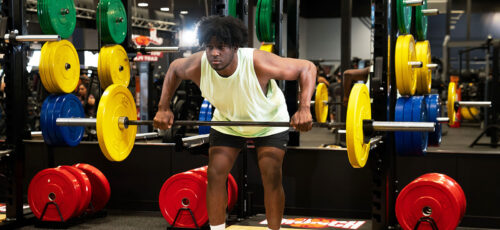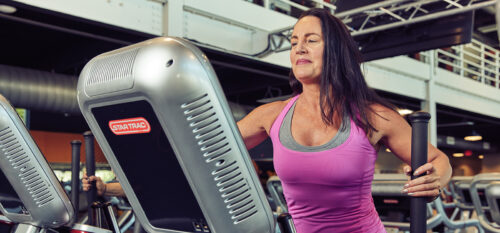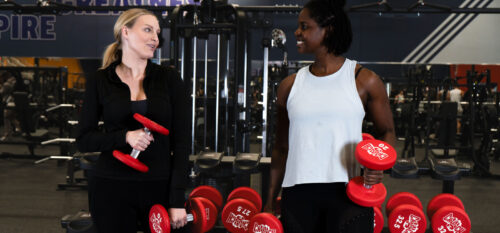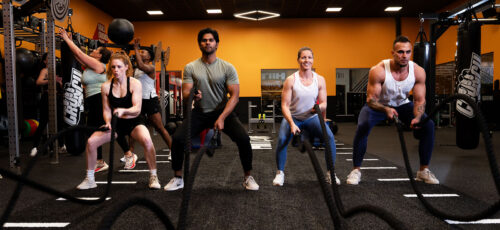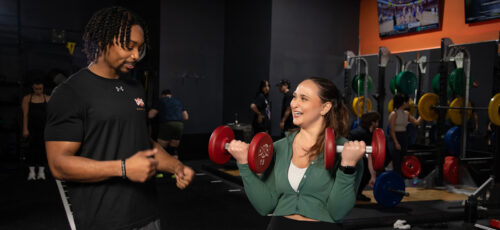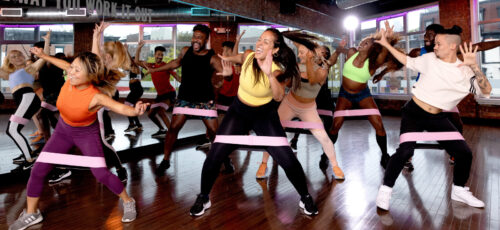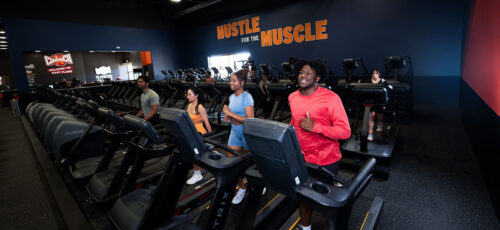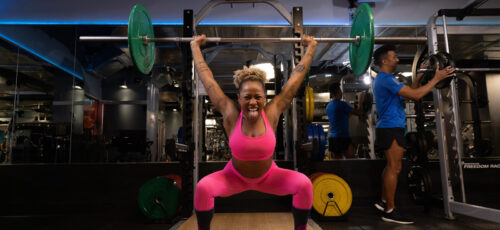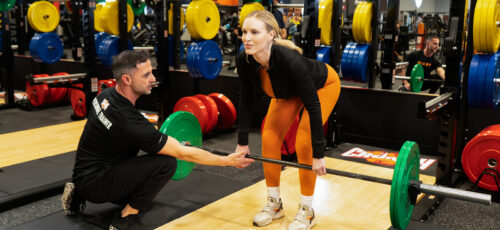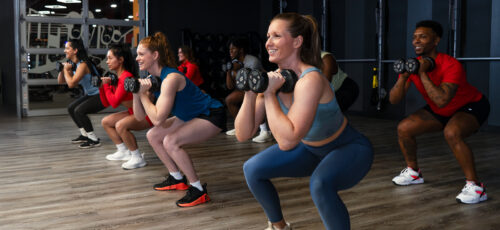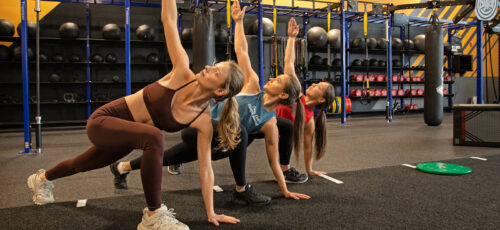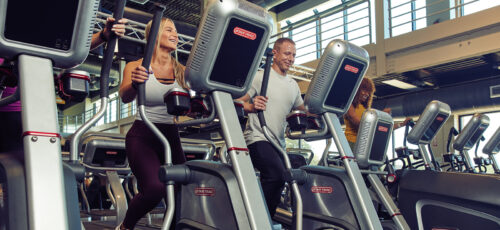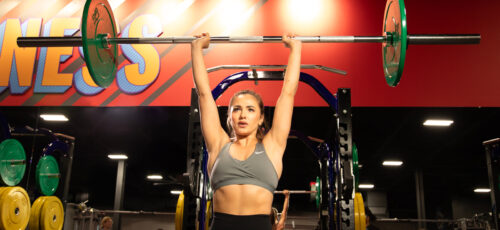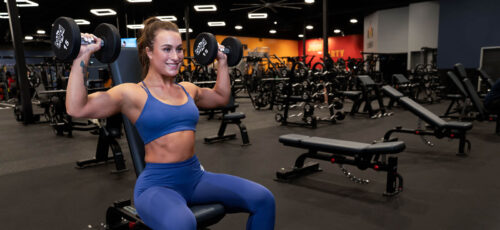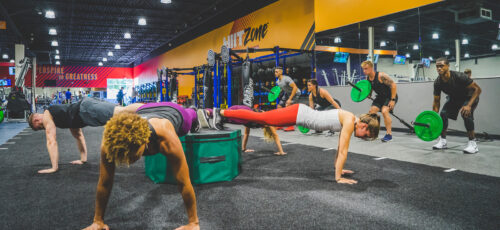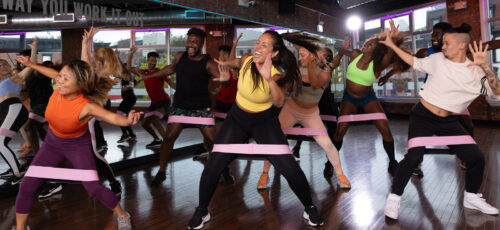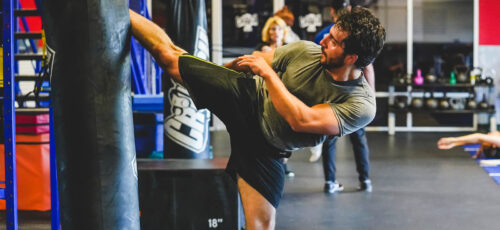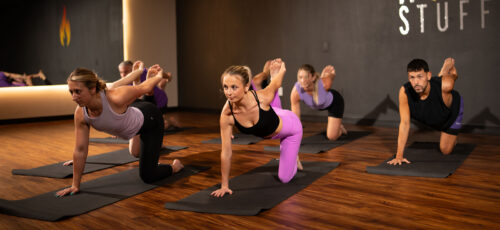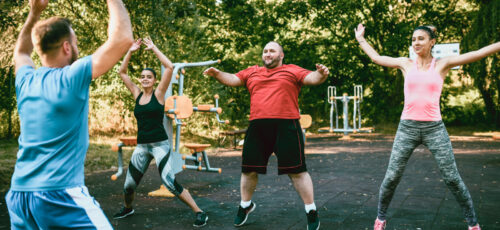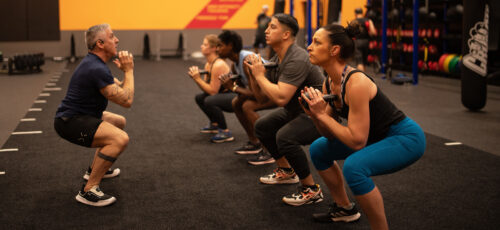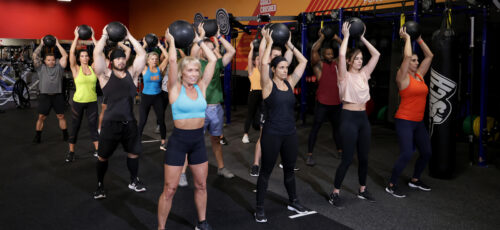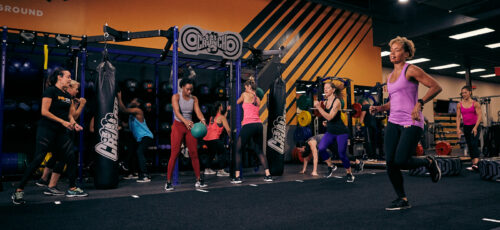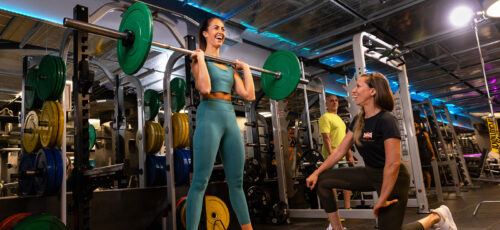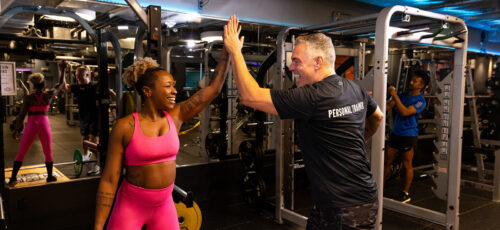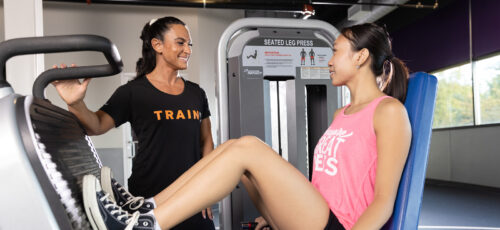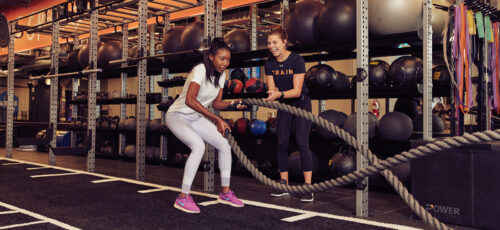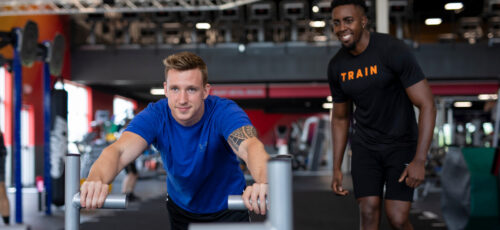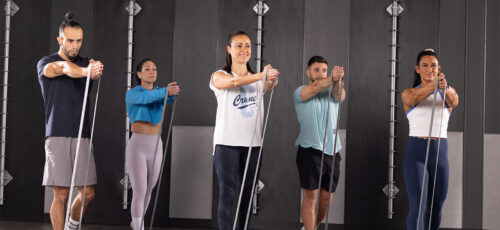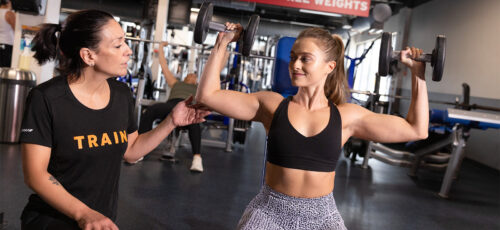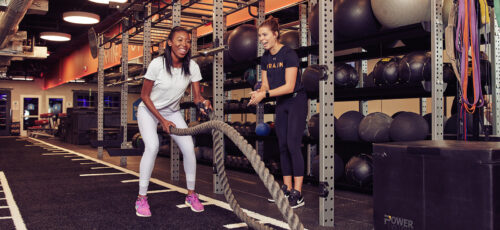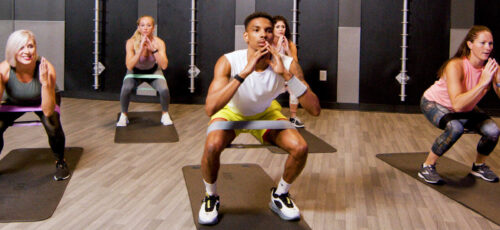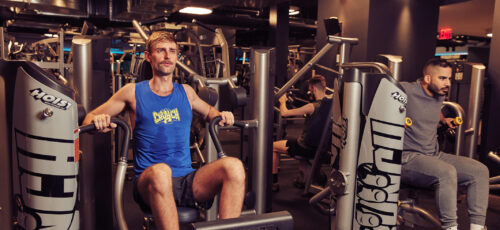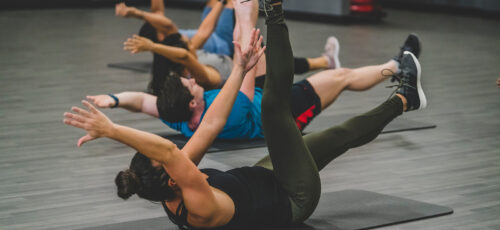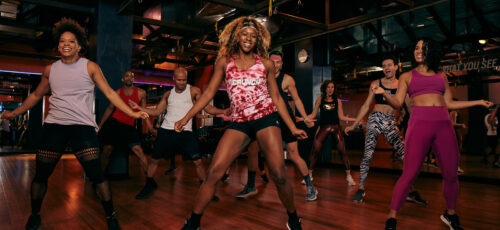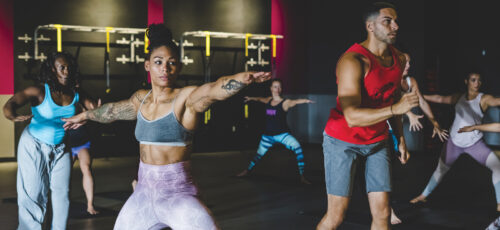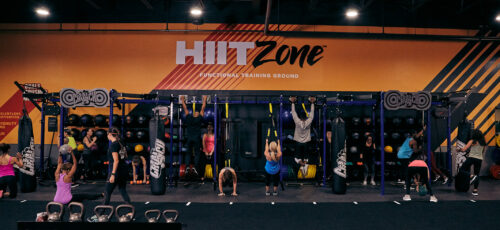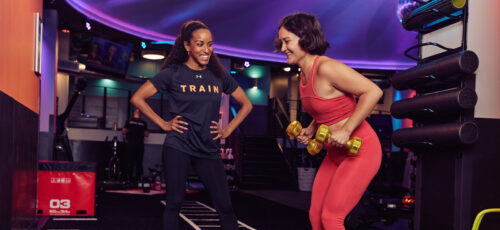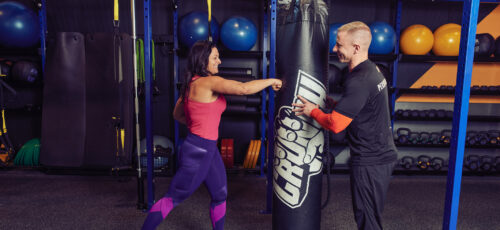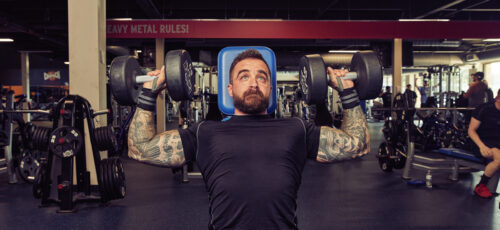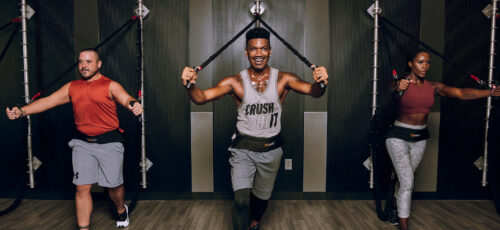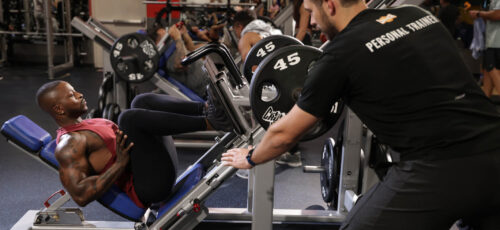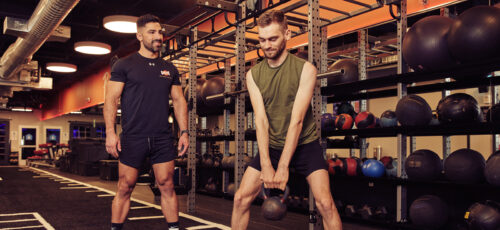
High-intensity interval Training has taken the fitness world by storm for its efficiency and effectiveness. But here’s a question that’s flashed a heated debate among gym-goers, trainers, and health experts: Can running be considered a HIIT exercise?
Running and HIIT training may share similarities, as running workouts can incorporate high-intensity elements like hill repeats or sprints followed by recovery jogs. However, the unique benefits and experiences of each workout form truly set them apart.
Let’s examine the arguments on both sides, unravel this intriguing topic, and join the debate on how high-intensity intervals can transform running workouts for optimal results.

What is a HIIT Workout?
HIIT is a sports training method defined by an alternation of intense effort phases and recovery phases. HIIT, invented in the United States in the 1970s, is the acronym for High-Intensity Interval Training.
A typical HIIT session lasts 20-30 minutes, making it a time-efficient workout. The high-intensity intervals push your heart rate to its maximum, significantly boosting cardiovascular fitness, improving muscle strength, and increasing metabolic rate.
One of the best-known alternatives to HIIT is the HIIT Tabata method. This training protocol lasts only 4 minutes. During these 4 minutes, trainers do 20 seconds of intensive exercise followed by 10 seconds of recovery eight times.
HIIT is especially effective for burning calories and fat in a shorter time than traditional cardio. It also creates an afterburn effect, where your body burns calories even after the workout.
What is Running?
Running is a very popular workout, and it’s more than exercise. It’s an adventure that allows you to explore your body’s limits, connect with nature, and free your mind. Whether you’re a beginner or an experienced runner, there are different types of running, each with unique benefits.
Typically, a running workout begins with a warm-up phase, where you perform light jogging or dynamic stretches to prepare your muscles and joints. Following the warm-up, the main workout consists of running consistently for a set duration or distance.
Running could be a steady-state run, where you maintain the same pace throughout, or it could involve varying speeds, such as interval training. A running workout concludes with a cool-down period, including slow jogging, walking, and stretching to help your body recover.
This routine helps improve endurance, build muscle strength, enhance cardiovascular health, and burn calories effectively.
HIIT vs Running
The debate over high-intensity exercises versus long-distance running continues. HIIT consists of alternating between short, intense exercise bursts and periods of low-intensity activity, whereas long-distance running involves keeping a steady pace over a longer duration.
Choosing between the two depends on your fitness objectives. Marathon or long-distance race training often benefits from consistent long-distance running. In contrast, sports like rugby, netball, or tennis may gain more from HIIT due to its intermittent, start-stop nature.
HIIT workouts can enhance overall fitness and burn more calories in less time than long-distance running. Both workout forms have benefits, so finding a method that fits your goals and preferences is essential.
Running vs. HIIT: Understanding the Key Differences
Your primary fitness purpose will significantly impact your decision to prioritize running or HIIT workouts. Choose the option that best aligns with your goals for maximum results.
Even within running, choosing between consistent distance runs and HIIT-style interval running has advantages and disadvantages. Each type of training is better suited to different scenarios.
Both forms of aerobic fitness are popular for cardiovascular health but differ in structure, benefits, and application. Let’s explore their differences:
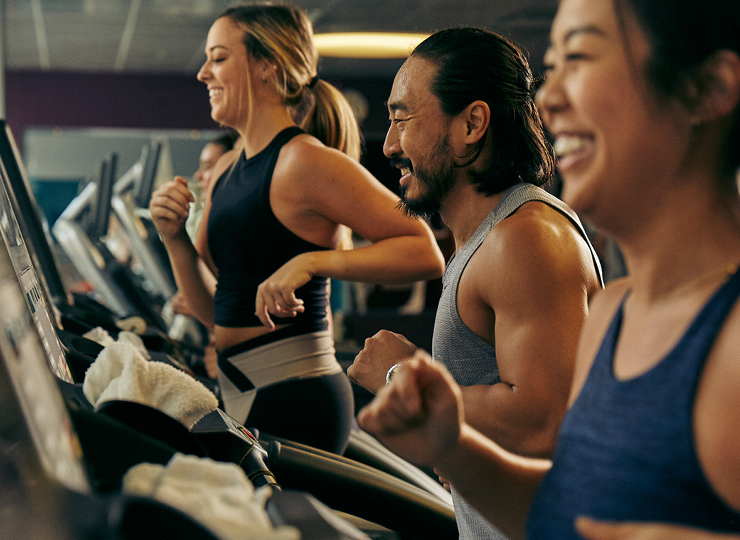
Running
- Steady-State Exercise: Running typically involves maintaining a consistent pace over some time. The effort level can change from a light jog to a more intense run, but it is generally steady throughout.
- Endurance Building: Regular running is excellent for building cardiovascular endurance. It helps improve stamina and can be sustained over extended periods, making it ideal for long-distance training and events like marathons.
- Caloric Burn: Running burns many calories, especially over longer distances. However, the calorie burn rate is relatively steady and depends on the duration and intensity of the run.
- Low Complexity: Running is straightforward and doesn’t require much planning. You can put on your shoes and go, making it an accessible exercise for most people.
- Injury Risk: Running is repetitive, so there is a risk of overuse injuries, such as shin splints, knee pain, and stress fractures.
HIIT:
- Interval-Based: HIIT workouts alternate between short bursts of intense activity and rest or lower-intensity exercise periods. This structure aims to push the body to near maximum effort during the high-intensity phases.
- Efficiency: HIIT workouts are typically shorter, often lasting around 20-30 minutes. Despite the shorter time commitment, they can be highly effective for improving cardiovascular fitness and burning calories.
- Metabolic Boost: HIIT is known for its afterburn effect, in which the body continues to burn calories at an elevated rate even after the workout.
- Variety and Complexity: HIIT can include mixed exercises, including running, cycling, bodyweight exercises, and more. Structured intervals and a balanced workout require more planning.
- High Injury Risk if Not Done Properly: Due to the high-intensity phases, HIIT workouts can be demanding on the body. Proper form, adequate warm-up, and cool-down are essential to avoid injuries. Beginners should approach HIIT cautiously and seek guidance from a fitness professional.
What is a HIIT Workout?
Running HIIT Workouts involves running as the main aerobic exercise in a high-intensity interval training session. These workouts include alternating between intense running or sprinting, rest periods, or slower jogging.
This approach enables you to exert more effort during the intense intervals, resulting in enhanced overall fitness, fat burning, and muscle definition compared to steady-state running alone.
There are several variations of HIIT running workouts that you can integrate into your exercise regimen. For example:
Sprint Intervals
Sprint intervals, a form of HIIT, are designed to push the body to its limits and allow recovery. This type of training involves alternating between short bursts of maximum-effort sprinting and periods of active recovery.
The practitioner goes all out, exerting maximum effort during the sprint interval, which typically lasts about 20 to 30 seconds. This method has a recovery period, where the intensity is reduced, usually involving walking or light jogging for 1 to 2 minutes.
Repeat this cycle multiple times within a single workout session to provide a challenging cardiovascular workout.
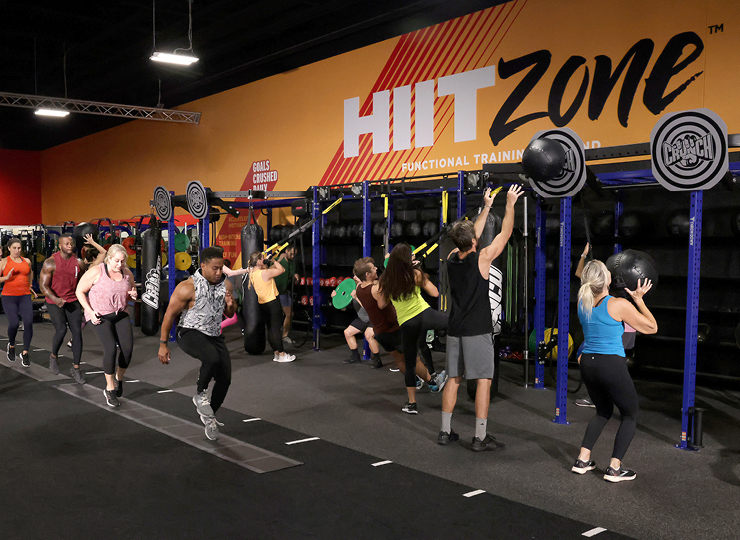
Tabata
Tabata training, developed by Dr. Izumi Tabata, is a high-intensity workout that consists of performing exercises at maximum intensity for 20 seconds, followed by 10 seconds of rest, and repeating this cycle for eight rounds.
This 4-minute Tabata workout effectively targets aerobic and anaerobic fitness levels. Its efficiency and effectiveness make it popular for individuals seeking quick, impactful workouts.
HILL Intervals
HILL intervals are training that involves running or sprinting up a hill at high-intensity exercise for a short period, usually lasting between 30 and 60 seconds. Following the uphill sprint, you recover by jogging or walking back down the hill.
This process is repeated multiple times during a workout to build strength, speed, and cardiovascular endurance by challenging yourself on the incline and allowing for recovery on the way down.
To enhance your running regimen significantly, incorporate additional HIIT exercises like circuit training, kettlebell workouts, and suspension training, which you can find in Crunch Fitness. These HIIT intervals will allow you to target diverse muscle groups and elevate your fitness level.
Tips for Fitting a HIIT Workout
HIIT workouts are widely popular: they’re time-efficient, burn calories quickly, require no equipment, and offer great versatility. They easily integrate into any busy schedule and cater to various lifestyles and fitness goals, making them highly accessible.
While some HIIT workout routines may seem complex, yours doesn’t need to be. Here are some tips to help you design a personalized HIIT workout plan that aligns perfectly with your lifestyle and fitness objectives!
Adapt to Your Schedule
Look at your daily schedule and identify specific time slots that are consistently available for workouts, such as early morning, lunchtime, or after work. Choosing times when you are least likely to have conflicting commitments is important.
Choosing times when you are least likely to have conflicting commitments is essential. Once you’ve pinpointed these availability windows, schedule your HIIT sessions during these times to ensure that you can consistently stick to your workout routine.
This proactive approach helps you prioritize your fitness and exercise regularly.
Integrate Variety
Plan various high-intensity interval training workouts targeting different muscle groups to keep your fitness routine diverse and engaging.
Incorporating a mix of exercises, such as sprint intervals, bodyweight circuits, and Tabata sessions, can help prevent boredom and ensure a well-rounded approach to training.
Rituals
Before starting your intense HIIT sessions, consider developing a personalized pre-workout ritual to prepare yourself physically and mentally. It can include incorporating dynamic stretching exercises to warm up your muscles and increase flexibility.
Additionally, you could also create a playlist of energizing music that motivates and energizes you, helping to enhance your mental focus and get into the right mindset for an intense workout.
Join a HIIT Training Class
Joining local HIIT classes or joining virtual sessions led by certified trainers can allow you to engage in structured and intense workouts, benefit from the motivation and support of fellow participants, and receive expert guidance from experienced trainers.
Keep Workout Clothes With You
Pack a gym bag with clean workout clothes, including tops, breathable bottoms, and supportive workout shoes. Remember to include accessories such as a sweat towel, a water bottle, and necessary workout gear like resistance bands or a jump rope.
Create a Purposeful HIIT Workout
Define specific fitness goals, such as improving cardiovascular endurance or losing weight. Design HIIT routines that align with these goals, incorporating exercises and intervals tailored to your fitness level and aspirations.
Start your fitness journey effortlessly! Discover ExtremeHIIT and our other exciting classes at your nearest Crunch. Find StrongHIIT and more exclusive sessions here to begin your path to a healthier you today!
Join Us!
Crunch promotes a culture of positivity, inclusivity, and fun with no judgments by providing an environment for all individuals regardless of their health and fitness goals. Find a Crunch gym near you to try our free trial membership, or join Crunch now. We’re here for you – at the gym or at home. Access the best live & on-demand workouts anytime, anywhere with Crunch+. Ready to get sweaty? Try hundreds of workouts for free! Start your free trial now!
















